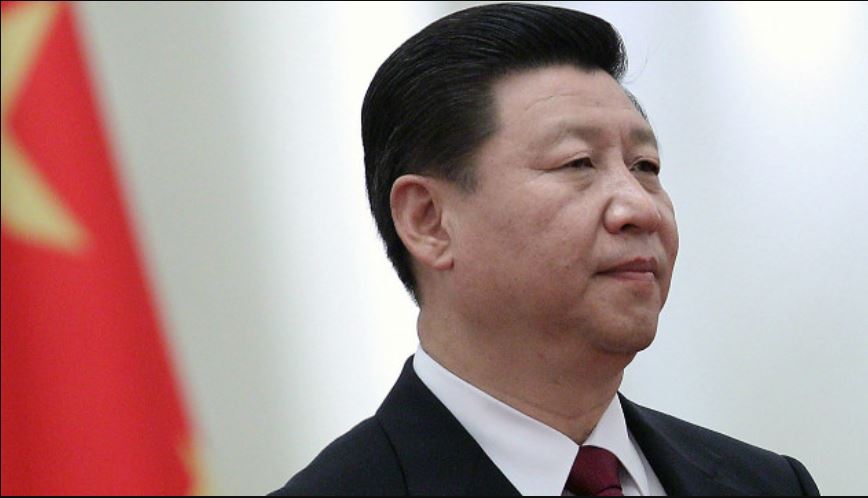Made in China, the buzzword which helped the country to become the second largest economy in the world, is suffering huge backlash since the outbreak of Coronavirus. As per a report FTI Consulting, a business advisory firm, 40 percent of Americans have decided not to buy China-made products. Similarly, the brand Made in China is suffering an unprecedented backlash in Southeast Asia, India, and Latin American countries. It is suffering a huge backlash and its story is very closely related to the political economy of China, and of the world.
Chinese Communist Party, which owns the Chinese state, got the control of mainland China in 1949. China operated as a closed Communist economy till Mao, the leader of the Communist revolution and of the independent country, died in 1976. Under the leadership of Mao, all the Capitalist (or imperialist according to Marxist interpretation as Marxist see imperialism as last stage of Capitalism) states were kept away. Neither the people nor the companies of the capitalist nations were allowed to operate in the country till Mao ruled. And therefore, brand Made in India did not exist back then.
Almost two years after the death of Mao, Deng Xiaoping, the pragmatic leader who wanted entry of foreign capital and people in China but was called a traitor, got the hold over the Communist party and became the paramount leader.
Xiaoping started opening up the Chinese economy to foreign- especially western- capital and country to foreign people. After the opening up in 1978, the Chinese economy and brand Made in China never looked back in the last four decades until the outbreak of Coronavirus.
The rich Western countries which have a lot of capital but were short on labour, started investment in China, as the labour cost in their own country was extremely high compared to poorer countries. Chinese Communist government brought a slew of land, labour, and capital reforms in its market to allow easy access of foreign companies in the country.
From 1978 to 1992, Xiaoping was the leader of the communist country and he prepared the fundamentals of market led economy in the country. In 14 years of his tenure, China has solid foundation to attract foreign companies to set up factory for low cost, hassle-free manufacturing, and posted above 5 percent growth.
In early 90s, the Soviet Union broke apart and US became the sole superpower with its economic model- free market economy led by private companies- being the only economic model. China, led by Jiang Zemin from1992 to 2002, aligned itself with the United States and welcomed western companies which wanted to set up factories in China with open hand. During his tenure, Chinese economy grew at a rate of above 10 percent, which was highest by any country in the world for such long period of time.
In 2002, Hu Jintao, a technocrat, was given the role of ‘paramount leader’. Jintao further opened up Chinese economy, and smoothly sailed the country through 2008-09 financial crisis. By the time Jintao handed over the leadership of the country to Xi Jinping in 2012, China was “factory of the world” and second largest economy after the United States.
It has flooded the world with products made in its factories, with almost all major companies in the world, from consumer electronics manufacture in the United States like Apple to garment brands in Italy and Spain manufacturing their products in factories based in China.
By 2012, China was the world’s second largest exporter after the United States and the second largest importer. From needle to nail cutter, Barbie dolls to consumer electronics, the world was used to products made in China. In almost every macroeconomic measure expect per capita income, China was trailing only to the US. So, China progressed from zero exports to almost every minor product manufacturer used in the countries around the world.
After Xi Jinping came to power, China’s economic prowess only increased and the country becoming the largest exporter with exports amounting 2 trillion dollars or one tenth of the US economy. Today China is the second largest economy and is powerful enough to challenge mighty the United States, all thanks to its status as “factory of the world”.
But, the outbreak of Coronavirus has dealt a big blow to the brand Made in China. The unprecedented backlash against globalization, led by the United States, the largest economy in the world, has slowed the exponential rise of Made in China and with Coronavirus it has come to screeching halt. In the next few years, the impact of boycott of Chinese products would be visible and the story of Made in China is expected to complete the full circle.
